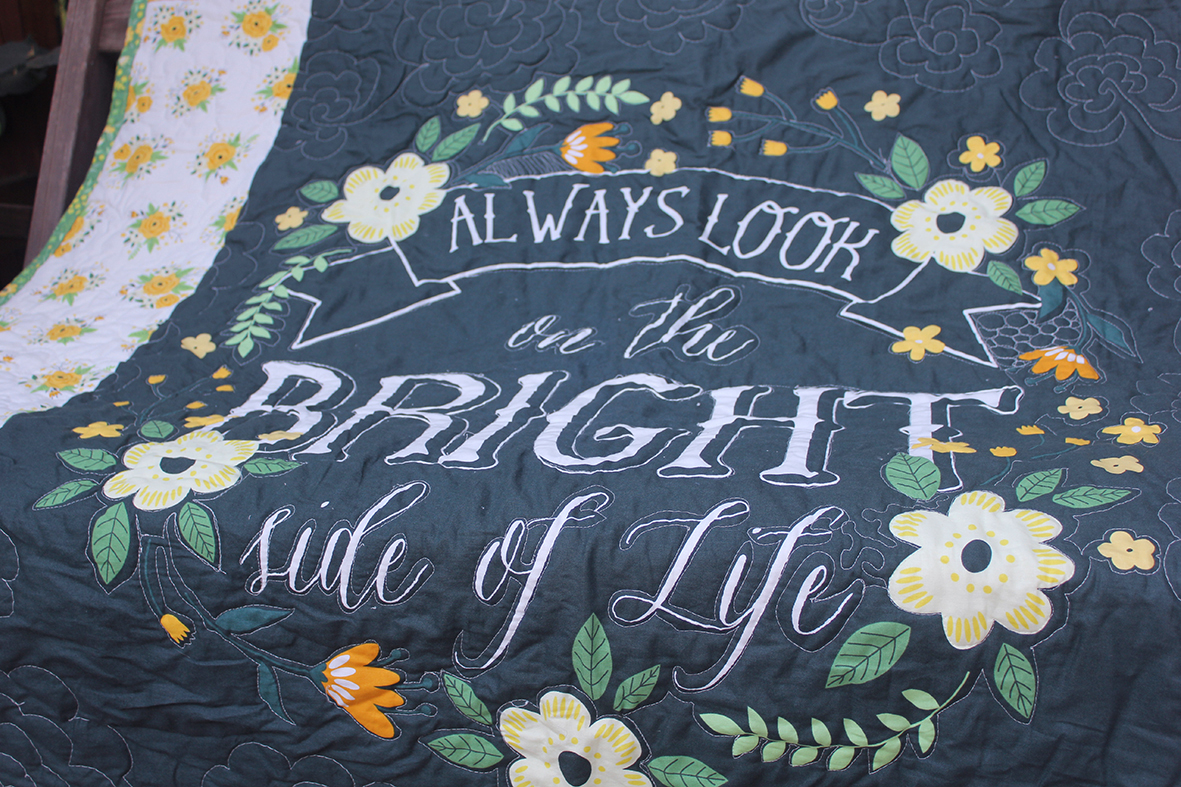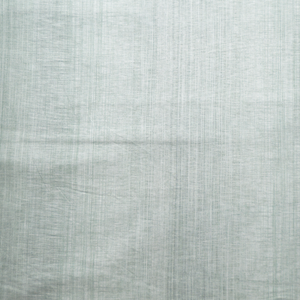
Sewing and crafting with fabric can make you happy and have many rewards. These are the things you should know before starting to sew and craft. Fabric is the foundation of every sewing project. It can make or destroy a project. There are guides to help beginners choose the right kind of fabric for their project.
All sides of the cloth should have a 1/4" hem
Press the fabric well before you start sewing. Once the fabric is pressed, thread your needle. You will then need to thread the needle. Pull the thread up, then move the needle about an eighth of an inch to the right. Once you have reached the end of the cloth's other side, move the needle towards the left. Continue sewing, taking care not to slip the needle through the top layers of fabric.
A hem gives the cloth a finished edge. This will prevent the edges from fraying. There are two main ways to hem fabric. The first is blind stitch. A double-folded is the most popular. No matter whether you are using a blind stitch or double-fold, ensure that there is a seam allowance equal to 5/8 inches.

Straight pins are useful for holding the folded edge in place when sewing a hem to the fabric. The blunt end of the pin should be placed on the right side, and the needle end should face the edge of your hem. When you are finished sewing, you can turn the fabric over and iron the other side. You can see underneath the fabric by folding the ironed section over the fabric. This will leave an exposed 1/8 inch.
A whipstitch can be used to finish the edges of cloth. This stitch hides the edges and is simple to use. First, sew along the hem. Then bring the thread up the top layer of fabric. Next, finish sewing the edge that is overlapping.
The BERNINA blind hem foot is unique. It is specifically designed to catch folded fabrics. It also creates a slight stretch in the stitch so that the finished hem can hang flat. It will also prevent tugging and puckers.
The 1/4 inch seam is a key component of patchwork. This is a popular way to make a small seam. It can be used to finish soft toys and dolls, as well as purses. This project can also be done with quilting cotton.

A double fold hem can also be used. This hem is professional and gives off a professional look. This type is best used if the edges on your cloth are straight. Curved or curved hems will often pucker. Double fold hems also require the use of a matching bobbin, which will show through on the right side of your garment.
FAQ
Why do we require hobbies?
Hobbies can be a part of your life because they provide you with time to unwind, recharge, think creatively as well as the chance to exercise, socialize, and relax. Hobbies offer opportunities to develop new skills as well as life-long interests.
Hobbies are a way to find meaning and purpose.
These can often be a great way to get some extra time while you have nothing else.
They are also very entertaining!
If you don’t have the time to do a hobby, you likely don’t have any other hobbies.
Consider all of the possibilities available to your. You might consider starting a hobby if you don't already have one.
What are educational hobbies?
An educational hobby involves a sport or other activity where you can learn something from doing it. It could be anything from playing sports to learning how to play an instrument.
It should be enjoyable and fun for you. While you don't need to do it every day, if bored you might consider other activities.
You should also make sure that you are not spending too much money on these activities. It could end up costing your more than it's worth.
What are good hobby ideas?
The best hobbies are those that you enjoy doing for yourself. If you enjoy what you do, it will be much easier to keep going. You will have a reason when you feel sick or tired.
There are many hobbies that we all enjoy: gardening, painting and crafts; photography; cooking; sports and games; reading music and film-making; collecting; cycling, walking, dancing and writing; playing instruments and other musical instruments.
Volunteering could be a great option.
You might be looking for something more adventurous. Why not take up scuba diving, rock climbing, sky diving, bungee jumping, white water rafting, sailing, surfing, canoeing, kayaking, horse riding, zip lining, hang gliding, paragliding, skydiving, snowboarding, skiing, mountain biking, hiking, camping, fishing, hunting, archery, shooting, clay pigeon shooting, target shooting, golf, tennis, swimming, snorkeling, windsurfing, waterskiing, kitesurfing, wakeboarding, standup paddle boarding, hang gliding, parasailing, hot air ballooning, paragliding and many more.
There are many unique ways to spend time in the outdoors, whether you're looking for adventure or a more traditional way to do it. These include caving, cliff diving, cave tubing, abseiling, sea kayaking, rafting, canoeing, climbing, trekking, bushwalking, mountaineering, backpacking, trail running, orienteering, off-road driving, quad biking, motorcycling, motorcycle riding, dirt bike riding, jet boating, hang gliding, hang gliding, parachuting, hang gliding, heli-skiing, ice skating, snowmobiling, snowshoeing, snowshoeing, cross country skiing, downhill skiing, telemark skiing, ski touring, sled dog racing, snowboarding, snowkiting, snowmobiling, spelunking, snowshoe hiking, snowshoeing and many more.
How do you get started with your new hobby or interest?
To start a new hobby, you must first decide what type of activity you would like to do.
After you've decided on your subject, it is important to feel passionate about it.
It is important to know the reason you want to begin a hobby. This will help give you direction and provide a purpose.
Once you decide what kind of hobby you want, you can start planning.
You should think about the equipment you'll need.
Consider whether classes or seminars are necessary.
You must ensure you have enough room for your hobby.
A club or group might be something you consider. These groups often offer advice and support.
Finally, think about how much money you would need to spend on your hobby.
Statistics
- Almost 80% of people claim to have no hobby. (hobbylark.com)
- Studies show that just six minutes of reading can reduce stress levels by 60 percent. (oberlo.com)
- The intensity of the dialogue partners' bond at the end of the forty-five-minute vulnerability interaction was rated as closer than the closest relationship in the lives of 30 percent of similar students. (time.com)
- A new survey by Pew Research Center of teens ages 13 to 17 finds that 36% of girls feel tense or nervous about their day every day; 23% of boys say the same. (pewresearch.org)
- This 100% accurate personality-analyzing hobby quiz discovers your passion based on your characteristics. (quizexpo.com)
External Links
How To
How to learn a music instrument
There are many options for learning how to play the piano. There are many options. You can go to school, purchase a book, learn from an instructor, or watch videos online. If you are determined to learn on your own, these tips and tricks might be helpful.
-
Find something that interests you. If you don’t enjoy any of the instruments that you see, you might consider trying another one. If you don’t enjoy playing an instrument it will be hard for you to get into it.
-
Be patient. It takes time to learn anything new. It is unrealistic to expect to know everything instantly. Instead, you should continue practicing every day.
-
Practice regularly. This can be done even when you are tired. This will help you remember what you've learned.
-
Find a quiet place to practice. The ideal place to practice is one that is quiet and won't be disturbed by anyone else. Also, make sure that there aren't too many distractions. You should avoid loud music being played near you.
-
Have fun! Music is meant to be enjoyed. It is important to have fun when practicing. Being happy will inspire you to keep practicing.
-
Set goals. Set goals. You'll know exactly what you must achieve. Failure is not an option.
-
Keep track of how you are doing. Notate all of your achievements and failures. It will help you become a better person over time.
-
Take breaks. Sometimes you just need to take a break. Taking breaks can give you the time to think.
-
Ask questions. If you have any questions or doubts about the instrument, ask other people. They may be able help you.
-
Listening can teach you a lot. Musicians often listen to music they like and try to imitate it. This allows them to grasp the basic concepts of the song.
-
Read books. Read books to learn more than just watching videos or learning from classes. Books contain information you will not find anywhere else.
-
You can join a band. Playing with other people will make you more practice. Plus, you will find people with similar interests to you.
-
Take a look at tutorials. Tutorials are brief videos that cover a variety of topics in great detail. These videos typically focus on one aspect of the instrument. Tutorials can help you understand complex parts of your instrument.
-
You can try different methods. Some people prefer to learn through lectures, whereas others learn better by reading. Experiment until you find what works best for you.
-
Practice makes perfect. Nobody becomes an expert overnight. Instead, it takes time and effort to become proficient enough for you to succeed.
-
Begin a group of musicians. Listening to others play your favorite songs can help speed up learning.